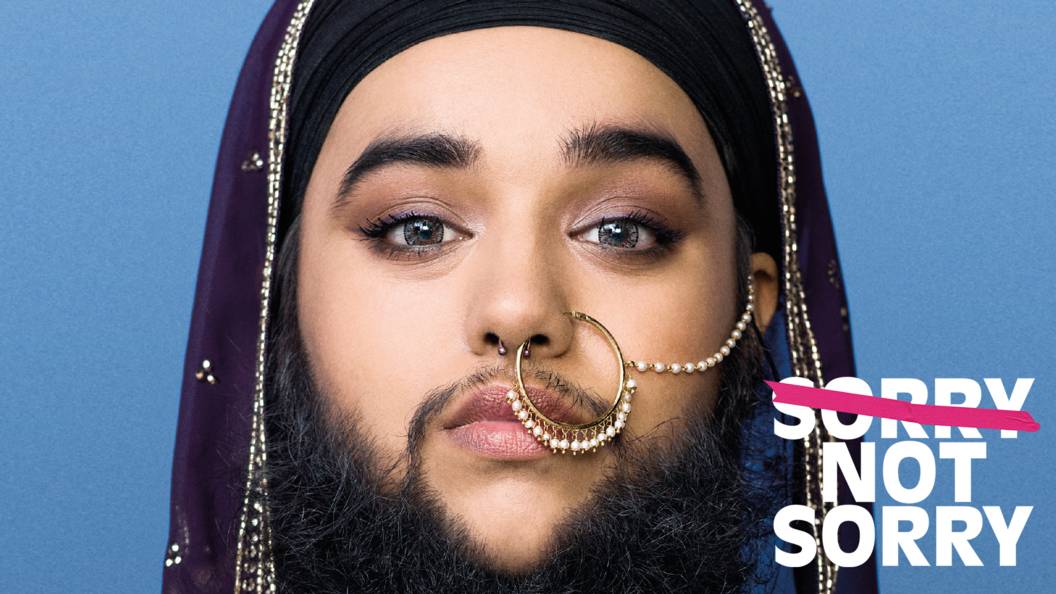There are attractive investment opportunities for other players interested in Africa’s Designer designer brands, argues Sekayi Fundafunda, one of the 10 winners of BoF’s Future VOICES Challenge.
LUSAKA, Zambia — The African continent has seen substantial growth in its fashion industry over the past decade, overcoming challenges such as inadequate brick-and-mortar infrastructure with the coming of digital marketing and retail platforms such as Kisua, Onychek and Zuvaa. Such online players are making it possible for African fashion brands to reach their growing regional and global customer base faster and more efficiently.
Meanwhile, African fashion businesses are growing all the more sophisticated in their skills, teams and media campaigns, gaining global recognition along the way. Adebayo Oke-Lawal, the Nigerian designer behind Orange Culture was a semi-finalist for the first-ever LVMH Prize and let’s not forget Lisa Folawiyo, as well as Bridget Awosika and Kelechi Odu, among others in Nigeria, all of whom have a distinct point of view, a loyal customer base and global appeal, according to Lagos-based fashion writer Mazzi Odu.
Global fashion and luxury conglomerates have a great number of criteria that determine what makes a good investment. A quantitative (financial) assessment of investment targets is often not available for public scrutiny as most African brands are not publicly listed enterprises. On the other side of the coin, however, is qualitative criteria. One universal aspect that investors consider is whether a brand has a design aesthetic with a unique selling point that also resonates globally with potential for significant growth. At the end of the day, it must have enough growth potential to bring investors significant ROI.
The growth of brands such as David Tlale and Taibo Bacar demonstrate such potential through unique handicraft heritage — in the form of handmade traditions, Africa-inspired embroidery and garment work. This remains at the core of African design, aspects that are the building blocks of luxury brands the world over. This is to say then that, what the African market needs is an investment in quality, in the development of African couture skills. And that artisanal skills are what will make African fashion stand out on the global marketplace.
Emilie Gambade, group brand director of Associated Media Publishing in Cape Town, whose portfolio includes the South African editions of Marie Claire and Cosmopolitan, seems to agree.
African fashion businesses are growing all the more sophisticated in their skills, teams and media campaigns.
“[Africa has] an incredible wealth of expertise and craftsmanship, designer brands that have strong and unique signature aesthetics – from Laduma [Ngxokolo of MaXhosa] to Thebe Magugu, Maki Oh, Rich Mnisi, Lukhanyo Mdingi to Loza Maleombho [now exhibiting at the Museum of Modern Arts] that international luxury holdings could support and work with.” These and “so many [other] young designers on the continent are working directly with local craftsmen and women.”
These include Cape Town-based knitwear brand Nicholas Coutts, Brother Vellies with shoes handmade in South Africa, Ethiopia, Kenya and Morocco, and Lightfoot Zambia, with fine leather accessories.
While the designers cited above are all at very different stages in their brand development and distribution, a few could one day soon reach a scale where they attract an investment vehicle like L Catterton, a private equity fund formed by LVMH and Groupe Arnault, which made an investment in an Argentinian womenswear brand, Rapsodia. The fund’s Asian unit has also recently invested in South Korean fashion eyewear brand Gentle Monster.
The L Catterton targeted brands are not pure luxury, but positioned as high design in their respective markets, and show a proven track record of meeting investment criteria — a distinguished brand identity, a superior management team, a broad and loyal customer base. Critically, it is important to note that these global investments were done via a conglomerate’s regional unit with specialist regional market expertise.
Could this be a suitable global investment approach for Africa whereby African contemporary fashion brands are boosted by scaling them up first across the region and then further afield? If some of Africa’s most talented designers decide to expand into premium segment or transform from pure luxury into the contemporary market, then I for one certainly think it is a possibility — and an attractive opportunity for the right investor.

Before I was named one of Fashion’s Future VOICES I had made a promise to myself to become better informed on the fashion industry, especially with working in the field in Zambia. Being one of the VOICES, and being given the platform to write about a subject I’m passionate about, feels like a vital step towards the fulfilment of that promise. A special thank you to my editorial mentors, Robb Young and Robin Mellery-Pratt, whose invaluable guidance allowed me to explore as well as think critically about what it will take to have a conglomerate-backed brand on the continent. My personal highlight throughout the writing process would be a change in perspective on not only the fashion industry in Africa, but my place in it. As such, creating a platform for Future VOICES is an excellent opportunity for us to interrogate what we believe is possible and what the industry believes can be done.
The views expressed in Op-Ed pieces are those of the author and do not necessarily reflect the views of The September Standard.
Originally published on The Business of Fashion.












